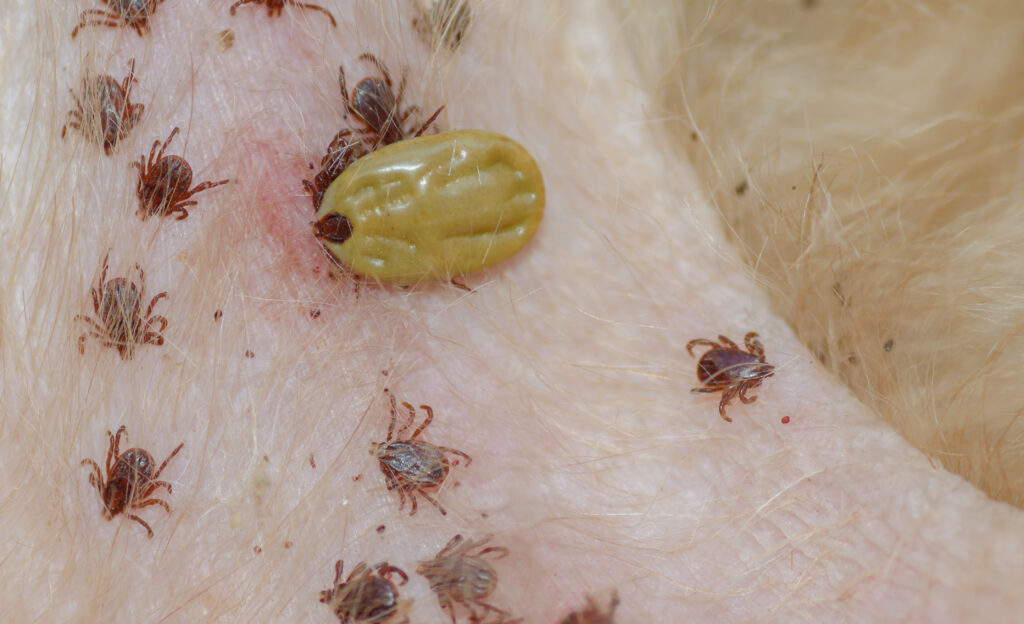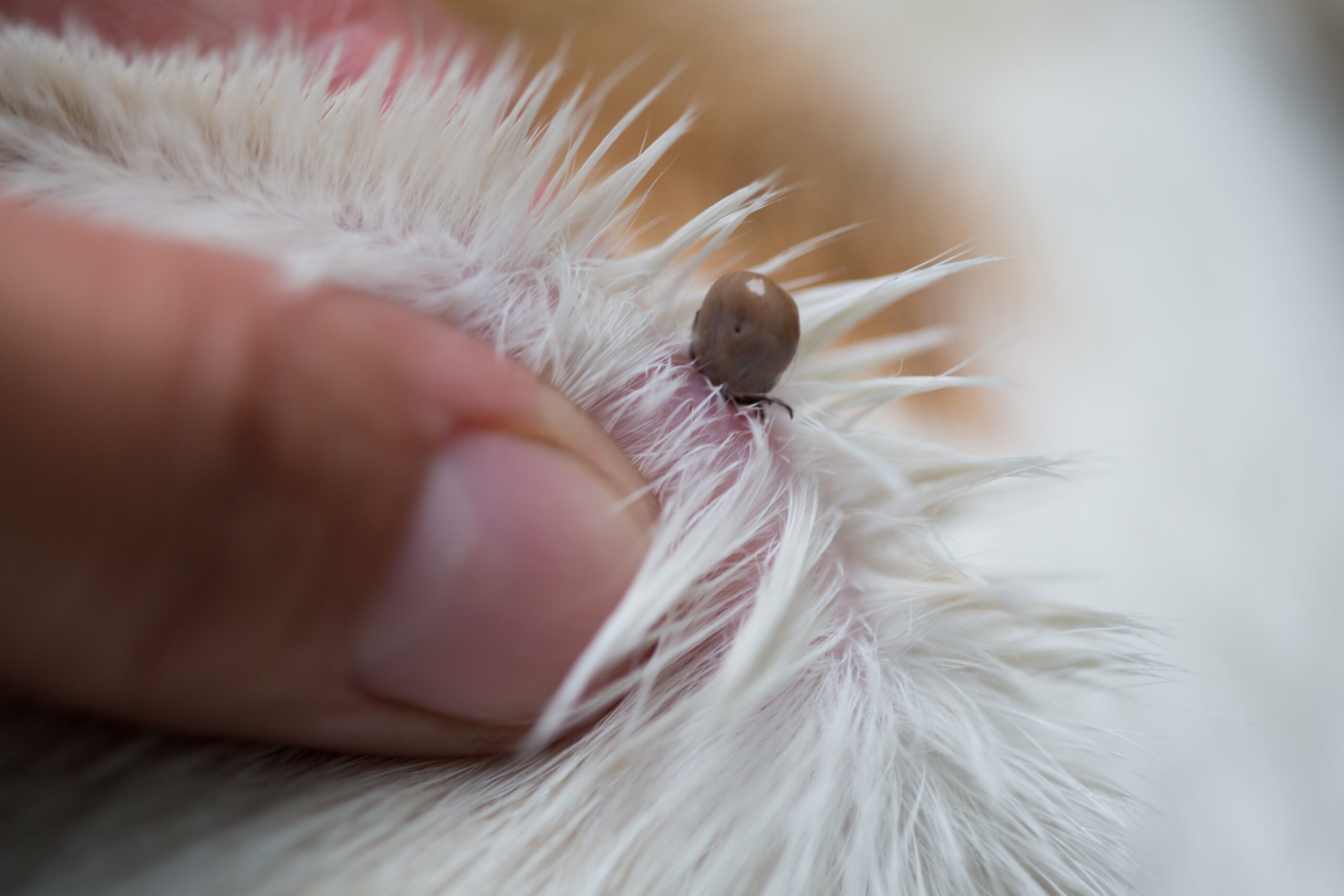It is always great to enjoy the outdoors with your dog. However, it’s essential to be aware of tickborne infections that typically occur throughout the year, and to take precautions to prevent them.
Lyme disease is a potentially serious bacterial infection transmitted to animals and humans from tick bites. It cannot be passed directly from pet to human.
Lyme disease spreads when an infected tick attaches and feeds by sucking blood from the host. In humans, early symptoms of Lyme disease can include a circular red rash (often called a Bulls Eye rash) that develops around the tick bite and flu-like symptoms such as fever, headache and fatigue. If left untreated, Lyme disease can affect other parts of the body such as the joints and nervous system. Just like humans, dogs can also contract Lyme disease, with symptoms including lethargy, fever, loss of appetite, painful or swollen joints, lameness and swollen lymph nodes. If left untreated, Lyme disease can cause more serious problems in your dog including damage to the kidneys, heart and nervous system. If caught early Lyme disease is usually treated with a course of antibiotics. It is important to seek medical advice from either your doctor or vet if you or your pet experience any of these symptoms following a tick bite.
Ticks are commonly found in areas of long grass or dense vegetation such as forest areas or heathland. Although only a small number of ticks carry the bacteria that causes Lyme disease, they can be found all across the country.

These nasty little parasites are relatively small, unlike fleas they don’t jump but will wait for a host to brush past and attach to the skin. Before feeding, ticks can be incredibly small and grow as they feed. Ticks can be found all year round, but thrive in warmer months, so you’ll most likely see them between spring to autumn.
The best way to prevent Lyme disease is to prevent ticks. If you are planning on going for a walk in the woods or heathland, consider taking precautions such as covering up legs and ankles, wearing an insect repellent and sticking to footpaths. After taking your walk, it’s a good idea to give your dog a good brush to check for ticks and make sure no ticks are brought into the home on clothing. You can help prevent ticks on your dog by using a tick collar or a spot-on treatment, which can either help repel ticks or kill them.
Enjoy the countryside with your pet but remember to stay alert!

Dominique Strickland BVSc MRCVS





